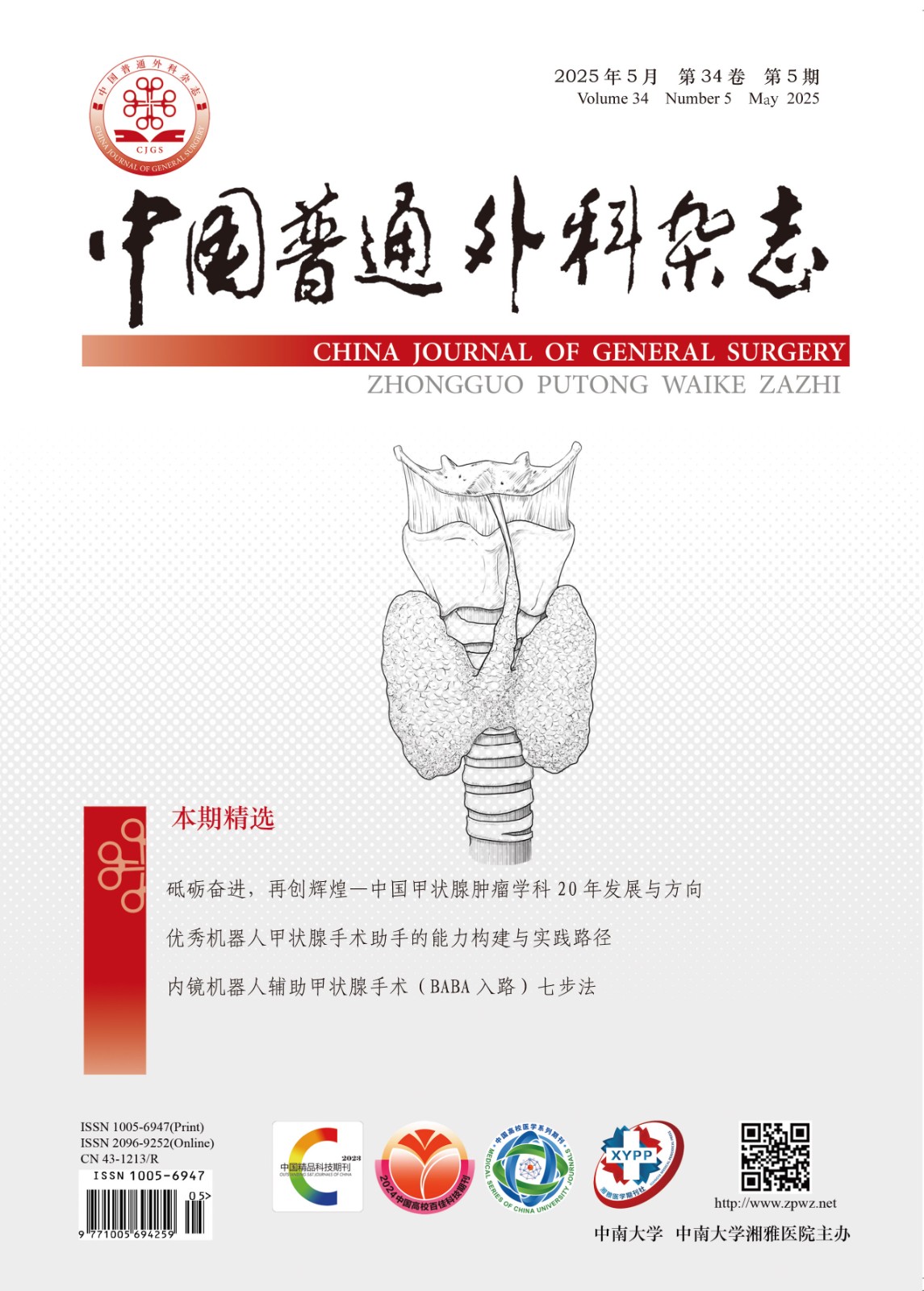Abstract:Background and Aims Gastric cancer is a highly prevalent malignant tumor worldwide, with a high incidence rate that makes it a significant contributor to global cancer mortality. Studies have found that FAM49B is significantly upregulated in most tumors, including gastric cancer. However, the role of FAM49B in the occurrence and development of gastric cancer remains largely unknown. Therefore, this study explores the role and mechanisms of FAM49B in gastric cancer, aiming to provide new avenues for gastric cancer treatment.Methods Based on TCGA and GEO databases, the analyses of FAM49B expression, survival, immune infiltration, gene set enrichment, and protein-protein interaction (PPI) networks were conducted. Gastric cancer clinical samples were collected, and immunohistochemistry, qRT-PCR, and Western blot were used to assess FAM49B expression levels and analyze their relationship with patients' clinicopathological factors. In vitro experiments analyzed FAM49B expression in gastric cancer cell lines, using CCK-8, EdU, Transwell, and flow cytometry assays to examine the effects of FAM49B on gastric cancer cell proliferation, migration, invasion, and cell cycle process.Results Bioinformatic analysis showed that FAM49B was significantly overexpressed in gastric cancer tumor tissues, with high FAM49B expression closely related to M1/M2 macrophage polarization, and patients with high FAM49B expression in gastric cancer had better prognosis. Enrichment analysis revealed that the high FAM49B expression group was enriched in the p53 signaling pathway, while the low FAM49B expression group was enriched in the ERBB signaling pathway. PPI network analysis indicated a strong interaction between FAM49B and proteins such as FAM49A, ACTN1, THSD4, RAC3, and EGFR. In both gastric cancer tissues and cell lines, FAM49B mRNA and protein expression were significantly upregulated (both P<0.05). FAM49B expression showed an inverse correlation with tumor size and gastric cancer invasion depth (both P<0.05). After FAM49B knockdown, gastric cancer cell proliferation and migration abilities significantly increased, while FAM49B overexpression had the opposite effect (both P<0.05). Knockdown of FAM49B reduced the percentage of cells in G1 phase and increased the percentage in S phase, accompanied by downregulated expression of cyclin E1 and cyclin D1, while FAM49B overexpression led to an increase in G1 phase cells and a decrease in S and G2 phase cells, with upregulation of cyclin E1 and cyclin D1 (both P<0.05). Additionally, after FAM49B knockdown, N-cadherin, vimentin, and c-myc expression increased, while p53 expression decreased, whereas FAM49B overexpression produced the opposite effect on these proteins in gastric cancer cells.Conclusions FAM49B is highly expressed in gastric cancer but exhibits tumor-suppressing effects. Its mechanisms may be related to the regulation of macrophage polarization, epithelial-mesenchymal transition, and the p53 pathway.








































